Interview: Joe Bob Briggs Guides us Into the Holiday Spirit!

Joe Bob Briggs has been entertaining horror enthusiasts for over 30 years, and now with his latest server-crashing, internet-breaking Shudder marathon, The Last Drive-In, he has brought in a whole new legion of fans. His humorous anecdotes mixed with an encyclopedic knowledge of cinema is a magical combination that adds a tremendous amount of fun and educational value to the horror viewing experience, while also imbuing audiences with a strong appreciation of the films and genre.
The fact that The last Drive-In crashed the Shudder servers when it aired over the summer, strongly indicates that live TV and shared audience experiences are not dead in this age of streaming, as The Last Drive-In brought horror fans together all over the world. The show was originally supposed to be a one shot deal, but due to the very very popular demand, Joe Bob and Shudder recently announced 2 more holiday specials and even teased a regularly occurring Joe Bob show!
We got to talk to Joe Bob about his upcoming specials, as well as the state of horror cinema in the age of streaming. We also learned more about his one man show, How Rednecks Saved Hollywood. Please enjoy the full interview below.
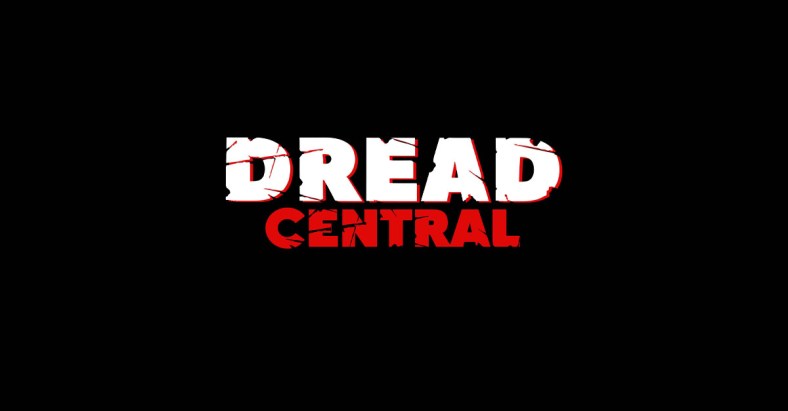
Dread Central: Joe Bob, how are you?
Joe Bob Briggs: Good. Good. I’ve got too much going on.
DC: Yeah, it sounds like it. So, I’m the kind of person who watches a ton of obscure horror movies in my spare time, and I gotta say, it’s so much more fun when we have you hosting them, teaching us about them, and showing us things we never would have seen otherwise, so thank you for that.
JBB: Well, thanks. I’m kind of amazed that it’s become so mainstream to tell you the truth, because when I first started writing about these movies it was definitely a niche. There weren’t very many of us. It’s kind of incredible to me that so many people now have sort of come over to the side of genre … We have to call them genre films now, I never called them genre films, I always called them exploitation films. But, it’s been a whole cultural change over the past couple of decades.
DC: So I really got a lot out of your article about The Loneliness of the Cord Cutter. Where do you stand in terms of today’s state of horror and shared experiences in this age of VOD and streaming?
JBB: People are desperate for shared experiences. I do frequent shows at Alamo Drafthouse Theaters around the country. Often, 95% of the people in the audience have already seen the movie. They’re there for the shared experience, they’re there to have the same emotional experience at the same time in real time. I’ll give you the most extreme example of that. About three weeks ago at the original Alamo Drafthouse on 6th Street in Austin, Texas, I presented the movie Dead Heat. It’s not a good movie. But, it has things to talk about. It has interesting things that are part of that period. I was being bold in presenting it in the first place, but, I was shocked by the audible fan reaction throughout the movie, whether that was laughing at the movie or laughing with the movie. But, it was just so much more enjoyable an experience. It was actually taking a bad movie and making it into a good experience simply because people were there, and simply because we had a set up for it.
If you ask Netflix, they’ll tell you, “Well, that’s not the future. The future is one person at a time on his individual device, streaming a movie whenever he wants to see it, and that’s the future of the whole world.” Well, I don’t think so, because it goes against our emotional needs. We emotionally need to experience all kinds (of entertainment), not just horror, but comedy, and theater, and many different kinds of performance.
So yeah, I think we’re kind of breaking the rule book with what we do on Shudder, because we’re asking people to show up at a certain time on a certain night, which is really old-school TV. But, because people have access to all different forms of social media, and because they can form little viewing groups, we think that this is gonna be the future of a certain kind of streaming that I think more and more people will do, because you just can’t replace an audience watching together.
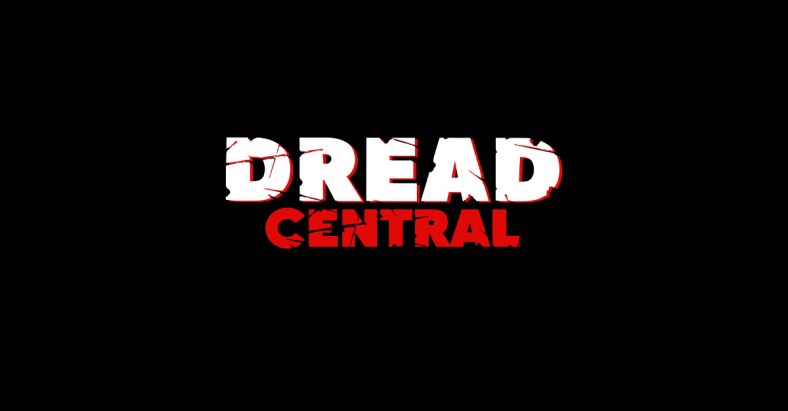
DC: Well, I think the fact that the servers crashed at Shudder is really indicative of how people yearn for that shared experience, and how badly they all want to be tuning in together and that camaraderie that comes with a bunch of people watching something in real time.
JBB: I was surprised I got so much love from people. They either remembered the old shows, or they had discovered them on YouTube. There are young people who are intrigued by movie hosting in general, because it hasn’t really been common over the past couple of decades. As the broadcast TV hour got shorter and shorter as more of it became commercials and less of it became content, nobody could afford hosting, so hosts went away. I think the hour now is 42 minutes, I think at one time it was 50 minutes, that’s how much we’ve lost.
DC: So I’m a New Yorker too, how did you find your way to New York?
JBB: Back in the late ’80s I was getting these invitations to audition for films and I didn’t know what I was doing. So I asked my agent where were the best film acting teachers in the world, and he said, “Well, you have to go to one of two places. You have to go to New York or LA.” And I said, “What’s the difference?” And he said, “Well, the New York guys are these old method guys that derive from the group theater and the Stanislavski Technique, they’re all these old crusty guys that had been around forever.” And I said, “What’s in LA?” And he says, “The students of those guys.” I said, “Well, I don’t wanna go to the students of those guys, I want one of those guys.” So I moved to New York to study acting for three years at Carnegie Hall Studios with Fred Kareman, who was one of the original Meisner guys. It was so much easier to work in New York than it was in Texas, so I just stayed. That’s how I ended up in the city.
DC: Is acting still something that you’re interested in pursuing more of nowadays?
JBB: Not really. I mean, I do it when someone asks me to do it. I was just in a horror film in Austin. Usually they want me to play myself, or some version of myself, or some redneck sheriff, or something like that. So I do that when they ask me to do it, but it’s not primarily my focus. I’m primarily a writer, so that’s what I do most days.
DC: Speaking of writing, are you considering writing more books?
JBB: Yeah. I’m writing a history of the exploitation film, that’s my big project.
DC: Wow! So as a film historian how would you categorize this current era of horror?
JBB: We’re kind of in a decadent era of horror because almost every filmmaker, certainly in the United States, that’s working in horror today, is always trying to express a debt to a prior generation, which I don’t like at all. They’re enamored by the ’80s. Having lived through the ’80s, I thought there were some cool things in the ’80s, but not that cool. Not so cool that we should be constantly repeating things that were done in the ’80s. The horror audience historically would turn over every five years, because it was a very young audience. So you constantly had to discover the new thing that was in our subconscious fears. So for example, you had movies in the ’80s like Forbidden World, or David Cronenberg films, those were all about AIDS. It was about things inside our bodies that take over our bodies.
So that was a great fear of the day, and that’s why those films were successful. The most original film of the past five years is probably Get Out. He (Jordan Peele) decided to go in the direction of social consciousness horror, so that’s a good sign that somebody is looking for a new sub-genre of horror. I mean, I think the third act of that movie falls apart, you know, when they get to the brain surgery part, it’s like Blood Sucking Freaks … I’ve seen better.
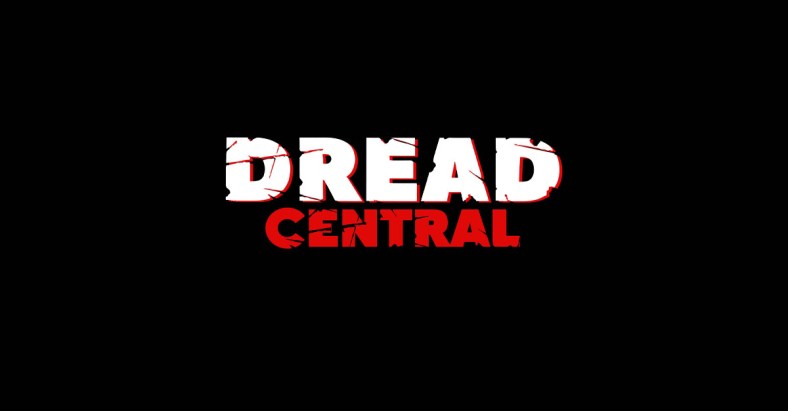
DC: Haha, yeah, I was waiting for Ralphus to show up!
JBB: Yeah, I saw better brain surgery in the ’50s. But it’s a good sign that he’s going to stay with horror. He’s not just doing horror in order to get a calling card within the industry so he can do ‘real films’ later. Then there are the guys who do retro genres like Ti West, who does it very, very well, but you sort of want to say to him, “Okay, but now do something truly revolutionary. Something truly groundbreaking, something truly future looking.” So I’m tired of the remakes, I’m tired of the sequels, I’m tired of the homages to the ’80s. I’m waiting for the next big thing. You know? And I’ll tell you, the thing that makes me optimistic is that Stephen King’s It made $400 million worldwide, it may have made more than that.
DC: Yeah, It was huge.
JBB: And the important thing about that is that studio executives and indie executives look at those numbers and suddenly the script that has been floating around LA for the last 10 years that’s considered too quirky to make suddenly becomes commercial, and suddenly they want to do things that they didn’t want to do last year. And also The Shape of Water winning the Academy Award. The importance of it is not so much that people are going to copy those films or that those films are starting a trend. The importance of it is that people are going to start going deeper into the pile of material instead of doing the easy remake, the easy sequel, they’re going to start making some of these kind of films. So that’s a really good thing for horror.
DC: It’s showing that these are not just niche audiences and that there’s a very wide universal appeal to these genres which deserve to be taken seriously.
JBB: Absolutely, yeah.
DC: So I want to talk about your one man show, How Rednecks Saved Hollywood. For people who aren’t familiar, how do you describe it?
JBB: It’s a history of the redneck as told through cinema. And it has about 200 clips and stills, and it goes all the way back to the original redneck in Scotland. We named the original redneck and show how they went from Northern England, to Scotland, to Ireland to Pennsylvania, down through Appalachia, and spread out through the south and the Ohio River Valley, and we tell all this through film, and not just exploitation films but also through mainstream films. And we talk about Hollywood’s evolving view of the redneck and use of the redneck right up until present time. It’s comedy, as well as film history, as well as just a lot of great clips that you want to see again, and again, and again. I do it as a one man show, and I used to just do it in cities that love their confederate monuments then as time went on I started doing it everywhere.
I enjoy doing it because it’s kind of eye-opening, it kind of relates somewhat to the current politics and divisions in our country, even though I don’t ever say anything explicitly about that, but I talk about things that unite us that should unite us and not divide us because most people who are spokesmen for southern whites these days are not good people, they’re bad people. So it’s like, ‘Well, here’s another way to think about it, guys. Here’s another way to look at it.’ So it has that element to it, too, which is sort of why I’m doing it a lot this year.
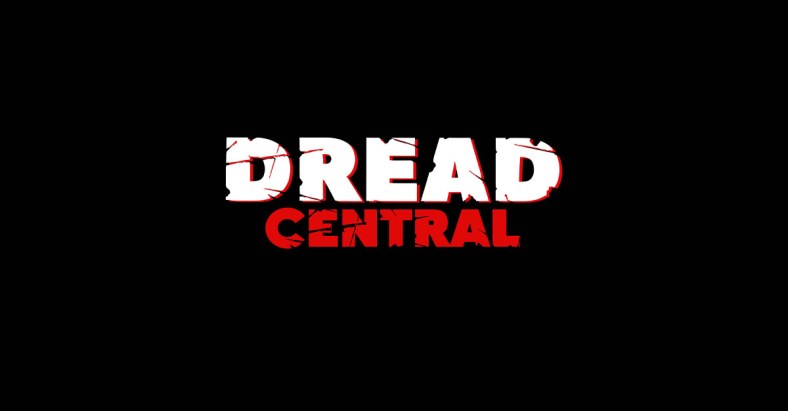
DC: That’s great, particularly since, in the midst of all of that’s happening politically, the most important thing is for Americans to get to know other Americans. In New York, people have not been to the south very much, they don’t understand American southern culture.
JBB: Oh yeah, tell me about it. I used to say to my high school buddies in Little Rock, Arkansas, who, five years after graduation, still hadn’t left Arkansas, I would say, ‘Once in your life, you’ve got to go to Europe, you’ve got to go to New York, you’ve got to go to California. You’ve got to see other parts of the country.’ Today, I would say to people on the Upper West Side, ‘Hey guys, you need to go to Hattiesburg, Mississippi. You need to stop having these caricatures of people out in the Mid West. You need to go to Lawrence, Kansas and West Texas and places like that. You need to know some real people instead of talking about people like they’re cartoon characters.’
DC: Yeah. Americans need to understand America better, I think it’s really important right now. So, I couldn’t be more excited about your upcoming special, Dinners of Death, is there a big connection between food and horror that you’ve been wanting to explore?
JBB: Well yeah, because on Thanksgiving, everyone has the big dinner, so I thought, ‘Well, if we’re going to do a Thanksgiving show, let’s theme it with Dinners of Death. So we came up with four movies, it’s a mini-marathon, it’s not like the 13 movie marathon of the summer. So it starts at 9 Eastern, 6 Pacific, on Thanksgiving night. And they don’t want me to tell the titles, but my favorite movie of all time is in this show. I’ve never hosted it before because all the time I was doing The Movie Channel, and when I was doing Monstervision on TNT, it was on the ‘too grisly for cable’ list, it was banned, even on premium cable, so I was never able to host it. So this will be the first time I’ve ever hosted my favorite movie.
DC: Oh wow!
JBB: And because I talk too much, the thing will probably go until dawn. Then at Christmas, we’re doing A Very Joe Bob Christmas on the 21st, which is the Friday before Christmas, and that show is also a mini-marathon, it’s four movies. The four movies are all in one franchise and we have a very distinguished guest from that franchise who will be on with me. After the first of the year, I’m not sure exactly when, but we’re going to start a weekly double feature. So, that’ll be interesting. That’ll be more in the original MonsterVision format.
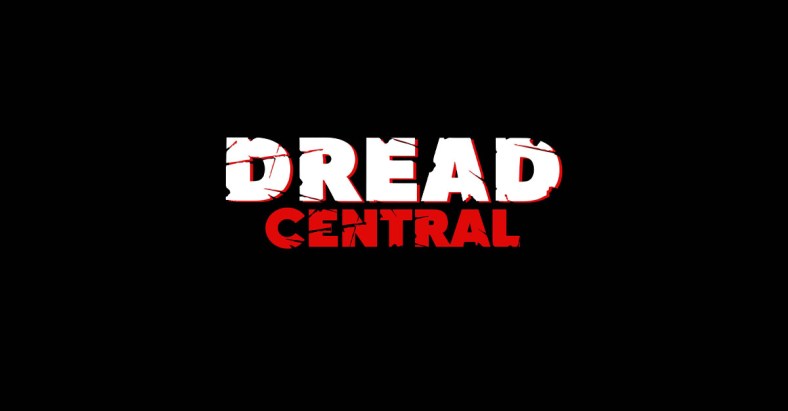
DC: Is there a movie that you have gifted to other people more than any other?
JBB: That would be Basket Case, because I’ve been associated with the film since the very first screening of it, and I’ve been friends with Frank Henenlotter, the director, all these years, and it’s frequently a movie that I’m asked to host. In fact, I recently did a film festival in Port Orchard, Washington where they actually stopped the film five times so that I could talk about it during the film. So, Basket Case is the ultimate cult movie, and it’s a very well made movie, and it’s a very entertaining movie. It’s a movie that you don’t get tired of watching, and I’ve hosted it many times, and it’s always a popular gift, and the Blu-ray is cool. Basket Case is a brilliant movie.
DC: Yeah, it’s such a classic! So, last question, maybe the most important, what can we do as horror fans to help preserve these traditions of shared audience experiences?
JBB: Support your local Alamo Drafthouse, or whatever type of repertory theater you have in your community, and go to these events, and join the social media groups that support horror, and talk about horror, and keep the conversation going.
One of the bad things about being a TV host these days, is if I make one factual error in a monologue or something, man, they are all over me five minutes later. It’s like, there is no room for error when you live in the world of the internet. It’s great that people are fanatic about horror films, but let’s not get carried away, okay? Let’s have a few other things in our lives. I’m sometimes amazed by the academic interest in horror. I just got a book length treatment of the original I Spit On Your Grave, published by Columbia University Press. That’s another area where I say let’s not get carried away, because you should still read Shakespeare before you watch I Spit On Your Grave. That would be my advice if you’re going to Columbia today.
DC : Haha! You have to put Shakespeare above the rape-revenge genre.
JBB: Right.
DC : On that note, Joe Bob Briggs, this was a real pleasure. Thank you, so much.
JBB: Thank you. I enjoyed it.
Don’t forget to tune in this Thursday, 9 pm EST/6 pm PST, for The Dinners of Death Thanksgiving Marathon on Shudder and mark your calendar for December 21-22 for A Very Joe Bob Christmas Marathon, and be sure to check out Joe Bob’s tour dates for How the Redneck Saved Hollywood.
Categorized:News

